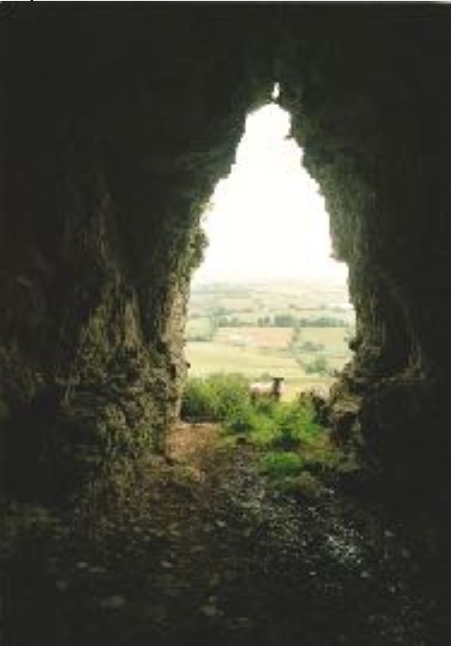This is a little extra, pulled from a backup disk to be shared with the Geograph community. Also for anyone else to enjoy, but as always please respect copyright ☻
This is a poem that I wrote over 20 years ago, inspired by a wonderful train journey through the highlands of Scotland.
Thursday Thoughts on the Thurso Line
( 18 July 1996)
I took a trip, one summer morning fair,
Along the line to Scotland’s northern strand :
A journey full of history and views,
Of people and their impact on the land.
At Inverness, the Highland Railway’s home,
Three plaques within the station now recall
The challenges that people faced before
To make this journey easy for us all :
To him who built the line so long ago,
One Murdoch Patterson, the Engineer;
To men who struggled through the winter snow
To keep the line across the mountains clear;
And one plaque notes rebuilding of a bridge,
Just six years back, that floods had swept away,
Reminding that the story of this line
Can still be written in our time today.
The Duke of Sutherland’s stone statue stands
high on the top of Beinn a’ Bhragaidh hill.
Another of his ilk helped build this line,
Their castle has its own fine station still.
And one Duke built a castle for his wife,
At Carbisdale close by the Dornoch Firth;
That castle’s now a hostel for the youth
Of many lands : the finest on the earth ?
Along the track the flowers seem to thrive –
In summer bloom, wild roses, pink and white,
With yellow broom, and here and there a glimpse
Of rhododendron, purple in the light.
And higher up where flowers fade away
The line runs through the fir plantations’ green;
When even they are beaten by the clime
The tracts of fern still keep the verdant scene.
Until at last, with valleys left behind
The Floe’s expanse of peat and moss comes on
And wilder still and wetter grows the land
Till burn and loch and bog all merge as one.
At one time all this land belonged to those
Who tried to eke a living from the moor :
The common men and women of the past
Whose deeds are told in Gaelic song and lore.
The Clearances drove out these local folk,
The old proud clans were forced to leave and wail;
They left the empty houses to decay,
With just a few stone walls to tell the tale.
But farmers still can make a living here
With help from Brussels’ welcomed C.A.P.
Without it there would be no cause to stay
And work the land : what would the Highlands be?
And catching fish engages other men:
Two boys stood on the harbour wall to learn
With rod and line; and high up in the hills
The patient salmon-fishers by a burn.
Once, long ago, the fishing boats would sail
From every little harbour far and wide,
But fishing is a big-ship business now,
With small boats rotting high above the tide.
But man is not the master of this land :
This wilder country is the proper lie
Of rabbits, running scared into their holes,
And deer who stand and watch the train go by.
The animals that man has introduced –
The cows, the sheep, the horses in the fields –
Outnumber far the people in the crofts
Who try to farm this land with meagre yields.
Cows graze the lowland grass while summer lasts
And need not fear this year the butcher’s knife,
For though they’re sane, mad humans fear to eat,
Lest eating prime Scotch beef should cost their life.
The moss gives way once more to fertile land,
And walls and homes and roads are seen again.
The Northern coast comes into view at last,
The train returns us to the world of men.
In Thurso there is little time to spare
Before the train wends down its single track :
I go down to the harbour and I know
Ere many years have passed, I will come back.
© Stephen Craven 1996
